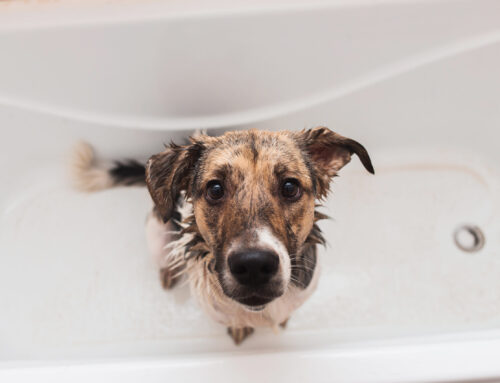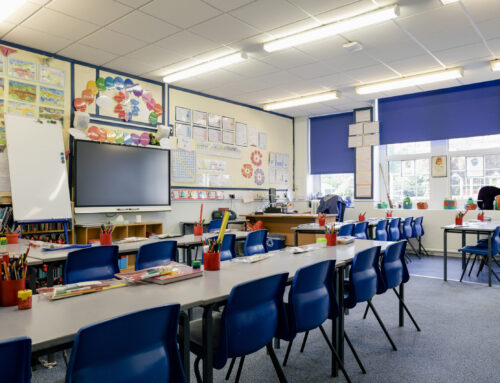As indoor farming grows, so do employee safety concerns.
Indoor agriculture has become a robust industry for growing fruits, vegetables, and plants, with a cultivation process that is unaffected by seasons and climates and requires less water.
Whether farming with hydroponic, aeroponic or aquaponic systems, indoor grow facilities are humid environments, with enclosed spaces susceptible to airborne pollutants and odors.
As such, indoor agricultural workers are routinely exposed to higher levels of air particulates and volatile organic compounds (VOCs) than workers in other industries. Air quality plays a crucial role in enhancing overall employee experience, comfort, well-being, and safety.
Intense focus, scrutiny on cannabis.
One of the fastest growing indoor agriculture industries is cannabis.
Cannabis has experienced historic growth in the U.S., with new indoor grow facilities popping up to meet demand as more states consider legalizing recreational marijuana usage. Among states where cannabis is legal, Arizona, Connecticut, Illinois, Massachusetts, New Mexico, and Vermont have the highest projected cannabis growth trajectories.
The industry is gaining traction globally, too, with increased legalization in countries like Germany. Worldwide spending is expected to surpass $33 billion by 2025.
As the cannabis business grows, clean and fresh air are essential for employee experience and vital to worker safety.
IAQ challenges in indoor agriculture.
Prioritizing indoor air quality (IAQ) to protect employees and ensure a healthy workplace presents several challenges, including:
- High humidity — Many grow facilities do not bring in much, if any, outside air. The primary concern is the possibility that mold spores and pests will be brought in and harm the plants. For instance, in June 2023, the Oregon Liquor and Cannabis Commission issued a recall due to mold, after 75 retailers already received the impacted batches.
- Reduced air flow — Indoor facilities also generate CO2 for plant photosynthesis. Exhausting quality indoor air rich with CO2 is not ideal because it helps increase crop yields and growth.
- Unhealthy levels of particulates and VOCs — Self-contained indoor grow areas need to be sanitized frequently to avoid cross-contamination of plants. Cleaning solutions like isopropyl alcohol and other compounds can raise total VOCs to unhealthy levels and during the harvesting process, particulate levels skyrocket, exposing employees to high levels in small spaces.
- Odors and terpenes — Cannabis growing produces some of the toughest odors. During the flower cycle, a pungent odor is produced caused by the release of terpenes. Inside, odors can pollute the air and affect employees. Outside, odors can escape and impact neighboring residential and commercial properties.
The business case for prioritizing clean indoor air for indoor agriculture.
In addition to employee health, well-being, and safety, prioritizing IAQ helps with:
- Energy efficiency — HVAC systems that operate more efficiently result in energy and cost savings.
- Cost efficiency — Higher efficiency air filtration translates to savings on energy, maintenance, and HVAC repairs.
- Sustainability — Implementing eco-friendly practices in a facility reduces environmental impact and demonstrates commitment to a greener future.
Four ways to make indoor air cleaner and safer for employees.
There are several ways to prioritize air filtration both inside and outside an indoor grow facility:
- Rethink carbon filters — Higher humidity environments like indoor agriculture facilities render traditional carbon filters less effective since they readily absorb water vapor and can quickly become saturated.
- Eliminate VOCs and odors — Remove odors and VOCs at the molecular level, rather than masking them. There is a patented and proprietary substance called ODOGard® that permanently changes odors and VOCs into inert biodegradable elements, completely vanishing them. Greentech offers the only filters on the market with ODOGard®.
- Use a MERV-rated filter — Growers should opt for a true mechanical filter that has a MERV A rating. Since indoor environments with high humidity reduce the effectiveness of MERV rated filters that rely on an electrostatic charge, filters with a MERV 11/11A or MERV 13/13A rating are the best choice for high-efficiency particle capture.
- Add air purifying technologies — Introducing technologies like photocatalytic oxidation, bipolar ionization, and low-level ozone to a filter strategy can further reduce VOCs and odors, in some instances by an additional 30-40%.
Greentech can help enhance the employee experience
Greentech Filters with ODOGard® mitigate the adverse effects of poor air quality on the health, safety, and well-being of employees in indoor agriculture facilities.
In a head-to-head comparison at a cannabis cultivation facility, testing performed by Advanced IAQ Solutions Inc., showed Greentech’s proprietary MERV 11 filters were more effective than carbon filters, removing 99% more airborne terpenes and 140% more VOCs than carbon filters.




